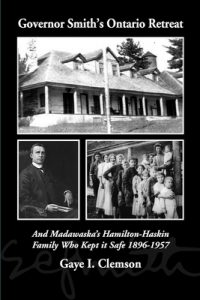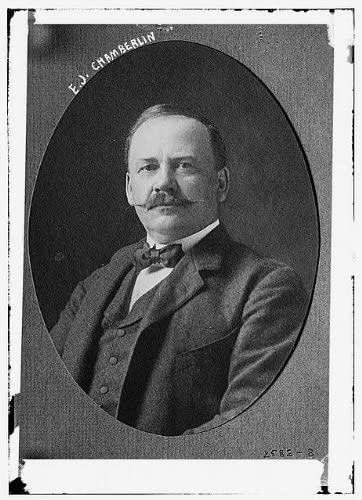Camp Madawaska is a former Salvation Army camp in Nipissing District Ontario, Canada, near the entrance to Algonquin Provincial Park. It was named after the Madawaska River as the Opeongo River, one of its tributaries, flows through the camp. The main lake on the property was Victoria. Two islands are in the lake, known by the former caretaker of the property as The Big Island (Weston Island) and The Small Island (Brownsea Island).
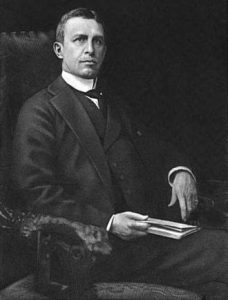
Camp Madawaska was owned by Edward Curtis Smith’s family. Edward kept a 4-inch Clark portable telescope at the camp. Soon after World War II, the Smiths sold the camp, along with the telescope, to Garfield Weston (February 26, 1898- October 22, 1978), owner of the Canadian company, George Weston Limited. When Weston died, he bequeathed the camp to the Salvation Army. For the following years, it was used as a camp for inner-city kids for most of the summer and was also rented for various retreats. Salvation Army Scout and Guide groups made frequent use of the camp. Week-long camps were held each summer and weekend camps occurred in spring, summer, and fall. A 12-day Scout camp was held (1986?) that was attended by Scouts from the U.S., England, and from Canada. Camps were usually held at Camp Madawaska from May until October and sites around Lake Victoria could be rented at any time during those months. The camp was returned to Weston ownership in 2005. The remaining Camp Rainbow served teenagers after they became too old for the Camp at Jackson’s Point (Camp Wabana). This group was transferred to Camp Newport and continues to operate there. The grounds include much forest and wildlife, nine lakes, and several lodges and cabins. Common activities include swimming, camping, biking, and hiking. Camp sites used included: The Paddock, Folke’s Point, Gilwell Beach, South Bay (chalet), multiple camp sites on Weston Island, and one site on Brownsea Island.
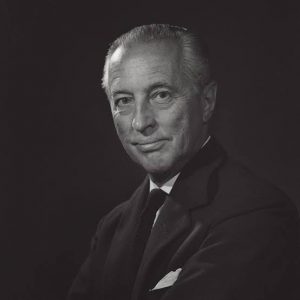
Note: During the summer of 1973 or 74 I was the Camp Foreman at Cashel Lake, a MNR Junior Ranger Camp. My cook, Vilma Pritchard, from Purdy, told me of the Victoria Lake facility and said her son, at that time, was the camp and property caretaker.
- October/November 1944 THE TIMES TRAVELLER by BARNEY MOORHOUSE
FIRE SWEPT THROUGH MARTIN BROS. LUMBER CUT
750,000 feet of lumber, ties and slabwood went up in smoke when fire of undetermined origin swept through Martin Bros. lumber cut at Madawaska Wednesday afternoon last. The mill and lumber yard is located at Victoria Lake about eight miles from Madawaska. The mill, a short distance from the cut was saved.
An investigation is being made to determine the cause of the disastrous blaze.
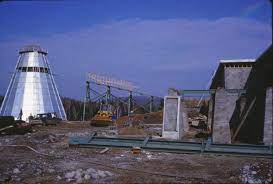
I discovered the above notice while researching for my weekly Times Traveller column in The Bancroft Times. – Ed.
Governor Smith’s Ontario Retreat: And Madawaska’s Hamilton-Haskin Family Who Kept It Safe 1896-1957 by Gaye I. Clemson (Author).
In early 1896, just as the Ottawa, Arnprior and Parry Sound Railway (O.A.& PS) was nearly finished, Edson Joseph Chamberlin, (born in Lancaster, New Hampshire on August 25, 1852; died at Pasadena California on August 27, 1924) the then General Manager of the Canada Atlantic Railway (C. A. R.) was granted by the Ontario Government over 25,000 acres of patent land around Victoria Lake.East of the newly created Algonquin National Park his intent was to build a hunting lodge and use the area as his own personal recreation reserve. This desire to experience the wilderness was part of a growing movement where people (mostly men) headed to the wilds in order to escape their urban lives and industrial jobs. The idea was to leave the Victorian perspectives of gentility, respectability, self-mastery and restraint (to a fault sometimes) behind and recapture a rougher, more primitive identity in a frontier environment. Soon after, Chamberlin built himself a hunting lodge on the south end of the lake and transferred some of the lots to business partner (and one presumes friend) Col. Edward Curtis Smith (born January 5, 1854; died April 6, 1935, Governor of Vermont 1898-1900) the then President of the Central Vermont Railway. Like Chamberlin, Smith loved the outdoors and in 1897, built himself a large ten-bedroom and five-bathroom lodge on the north end of the lake, which he named Camp Madawaska. Two years later he was elected Governor of the State of Vermont and served for a standard two year term. Nearly ten miles from the closest town and the railway line, this narrative captures the story of Smith, his lodge and the family, (Wilmot and Victoria Hamilton) who with their 15 children were the lodge and lake’s caretakers and protectors for over 50 years.
